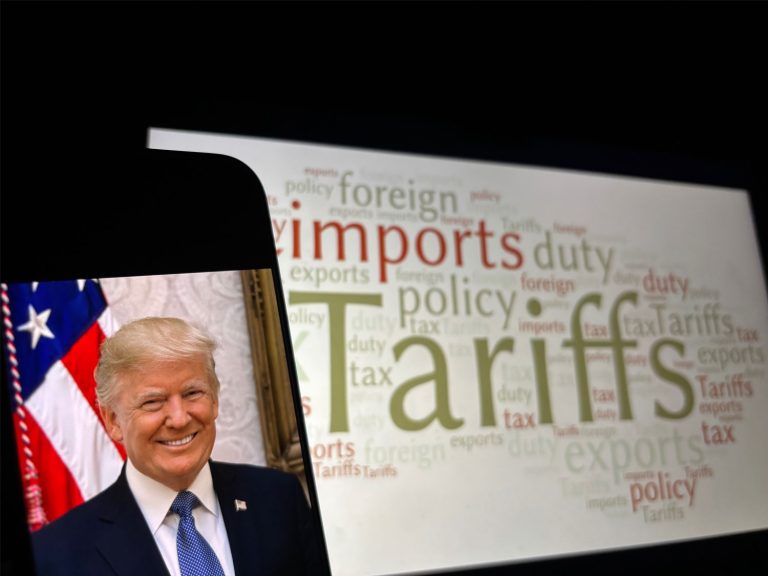
Date:
August 2025 Tariff Situation: New Rules, New Rates
The US tariff reset that took effect from has ushered in a tiered regime targeting dozens of trading partners, while locking in new agreements with key allies including the UK and EU. The measures follow months of negotiation and a deadline that forced countries to strike deals or face steep duties.
The executive order signed on 1 August by President Trump introduced a new system linking tariff rates to trade balances:
- 10% tariff – for partners with strong reciprocal purchasing, including the UK and Brazil.
- 15% tariff – for partners with smaller deficits, such as the EU, Japan and South Korea.
- Higher rates – for countries with large surpluses or no negotiated deal, rising steeply depending on product category. Examples include:
- Canada – now at 35% (USMCA‑compliant goods exempt).
- India – 25%.
- Switzerland – 39%.
- Taiwan – 20%.
China remains outside the framework, facing a 12 August deadline to conclude its own agreement or revert to previously threatened peak tariffs.
Most new rates officially take effect 7 August, giving US Customs a brief window to configure enforcement systems. For companies shipping under pre‑deal arrangements, any goods cleared into the US before this date will avoid the new duties; shipments arriving later will be assessed at the revised rates.
Supply Chain Impacts
- UK–US trade – While the UK avoided steeper tariffs, the 10% rate still raises import costs for UK‑origin goods into the US, particularly in manufacturing, automotive, and speciality food sectors.
- EU–US trade – 15% baseline tariff now locked in under the July framework deal, with specific product carve‑outs still to be agreed.
- Canada and Mexico – Canada now faces significant exposure outside USMCA‑compliant flows; Mexico remains under a 90‑day extension before potential hikes.
- Asia–US trade – Taiwan, India, and other regional suppliers face higher rates, pushing importers to reassess sourcing strategies.
Strategic Considerations for Shippers
- Re‑map sourcing – Companies may need to adjust supplier portfolios to balance cost impact against tariff exposure.
- Track compliance – Documentation proving origin will be critical to avoid unintended penalties, especially for goods moving through multiple countries.
- Build flexibility – With China’s 12 August deadline looming and other bilateral negotiations ongoing, trade conditions could shift again within weeks.
In today’s changing tariff environment, Metro’s customs brokerage services keep U.S. importers compliant, informed, and in control. Our proprietary AI, ML, and automation‑driven brokerage platform — CuDoS — is updated instantly as new rules and tariffs take effect.
Metro Global USA delivers end‑to‑end clearance support, from documentation validation and tariff strategy to structuring entries for exemption eligibility, even on shipments routed via transshipment hubs. Whether navigating classification changes or securing the right evidence for tariff relief, we combine local knowledge, intelligent systems, and customs expertise to simplify compliance and protect your business.
Email Managing Director, Andrew Smith, to learn more about our customs services and CuDoS platform.
